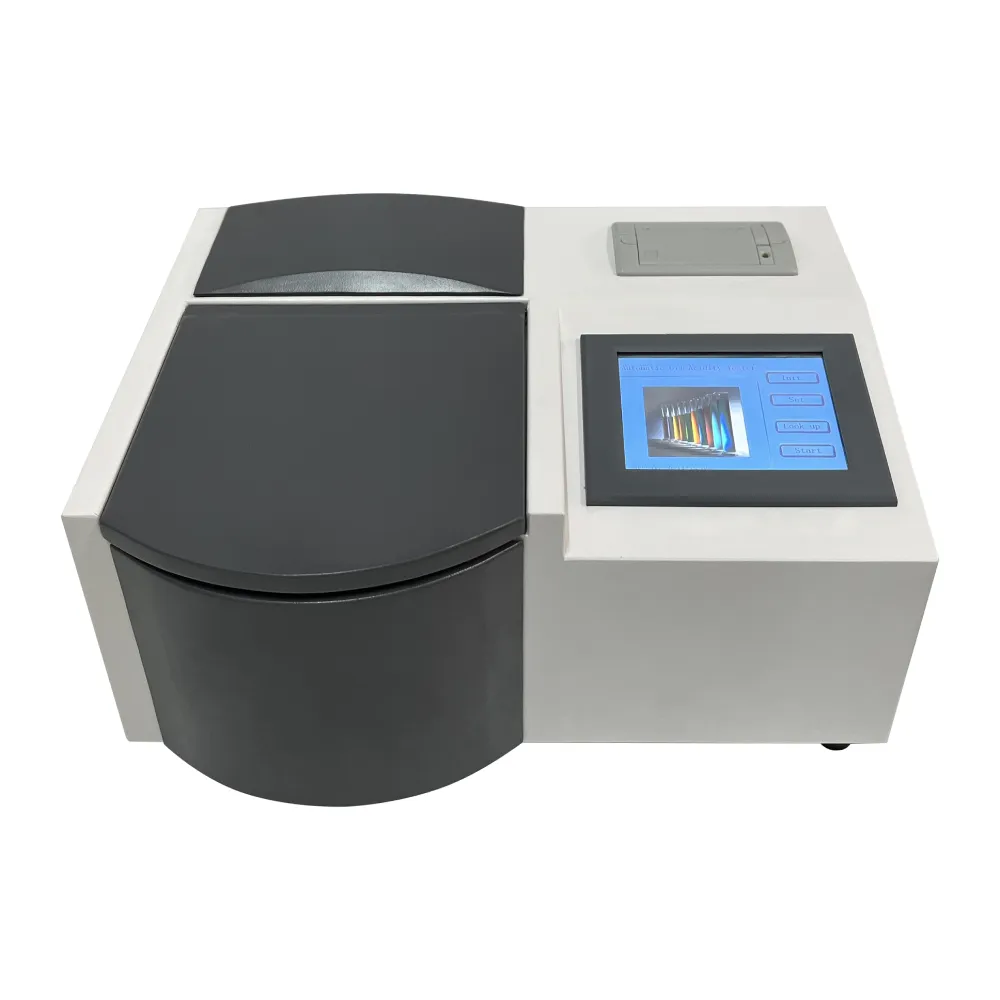 English
English


Load Testing Analysis for Single Phase Transformer Performance Characteristics and Efficiency Evaluation
Load Test on Single Phase Transformer Understanding Performance and Efficiency
Transformers play a crucial role in electrical systems, particularly in energy distribution and transmission. Among various types, the single-phase transformer is widely utilized in residential and small-scale commercial applications. A load test on a single-phase transformer is essential to assess its performance, efficiency, and behavior under different load conditions. This article discusses the methods and significance of conducting a load test on a single-phase transformer, along with a general overview of what the resulting data can indicate.
Understanding Load Testing
A load test involves subjecting the transformer to a specific load to evaluate its operational characteristics. This is typically done after installation or during maintenance checks. The primary objectives are to determine the transformer's voltage regulation, efficiency, and temperature rise under load. During the test, various parameters such as voltage, current, power factor, and temperature are monitored and recorded.
Preparing for the Load Test
Before conducting a load test, it is crucial to ensure that the transformer is correctly installed and that all safety protocols are followed. The testing setup should include appropriate measuring instruments such as ammeters, voltmeters, wattmeters, and thermocouples to gather accurate data during the test. The load can be applied using resistive or inductive loads, simulating real-world conditions that the transformer will face in service.
Performing the Load Test
The load test typically involves the following steps
1. Circuit Connection Connect the transformer to an external load while ensuring that all connections are secure and compliant with safety standards. 2. Monitoring Parameters Gradually apply the load while continuously monitoring the voltage and current supplied by the transformer. This can be done by using a variac to adjust the voltage and accordingly manage the load.
load test on single phase transformer graph

3. Recording Data As the load increases, data should be recorded at various load levels—usually starting from no load (0%) to full-rated load (100%). Measurements taken include input voltage, output voltage, current, power factor, and temperature of the windings and core.
4. Analyzing Results After the test is complete, the collected data can be analyzed. The voltage regulation can be calculated by considering the change in voltage from no load to full load. Efficiency can be calculated by evaluating the input power and the output power, providing insight into losses that may occur within the transformer.
Significance of the Load Test Results
The results obtained from a load test provide indispensable information regarding the transformer's performance. Key indicators include
- Voltage Regulation A low percentage indicates good regulation, confirming the transformer's capability to maintain output voltage under varying load conditions.
- Efficiency Understanding losses within the transformer is crucial. A high efficiency rating signifies that the transformer operates effectively, diminishing operational costs.
- Temperature Rise Analyzing temperature data ensures that the transformer operates within permissible limits, preventing overheating which can lead to failures or reduced lifespan.
Conclusion
Conducting a load test on a single-phase transformer is pivotal for ensuring optimal performance and reliability. It provides valuable insights into essential parameters like voltage regulation, efficiency, and thermal behavior. Regular load testing can help in predictive maintenance, reducing unexpected downtimes, and extending the lifespan of the equipment. Moreover, understanding these aspects enhances the overall efficiency of power distribution systems, ultimately contributing to energy conservation and economic savings. As electricity demand continues to rise, the significance of robust and efficient transformers becomes increasingly paramount.
-
Differences between open cup flash point tester and closed cup flash point testerNewsOct.31,2024
-
The Reliable Load Tap ChangerNewsOct.23,2024
-
The Essential Guide to Hipot TestersNewsOct.23,2024
-
The Digital Insulation TesterNewsOct.23,2024
-
The Best Earth Loop Impedance Tester for SaleNewsOct.23,2024
-
Tan Delta Tester--The Essential Tool for Electrical Insulation TestingNewsOct.23,2024





